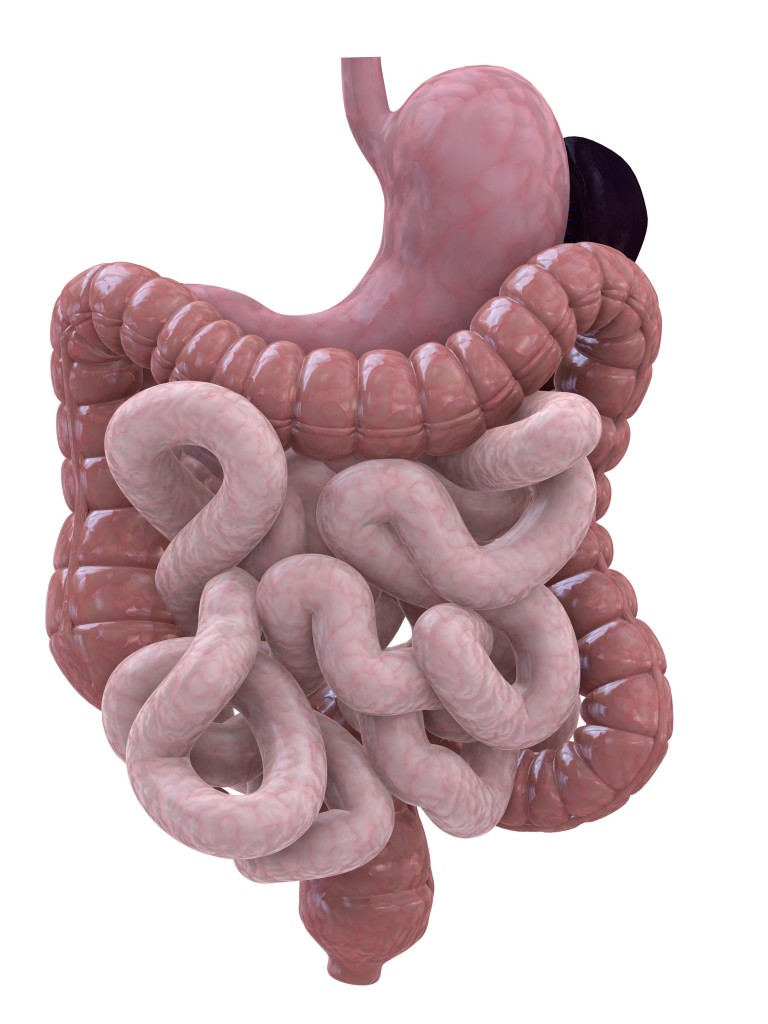When we eat a meal, we don’t usually think about what is happening in our bodies once we’ve left the dinner table.
So what happens when we eat a meal?
Gastric secretion begins before you even start eating! The very thought or smell of food starts the production of saliva, which contains ptyalin and other amylases that break down simple starches, gastric acid secretion as well as pepsinogen which breaks down proteins.
The food that we have chewed and swallowed forms a lump called bolus, which is pushed down the oesophagus by contractions called peristaltic waves or peristalsis. These contractions occur behind the bolus and are so powerful that your food is pushed towards your stomach no matter what, even when you’re hanging upside down!
The bolus passes through the upper oesophageal sphincter (a skeletal muscular ring that opens when you swallow), down the oesophagus to the lower oesophageal sphincter, a functional sphincter (no skeletal muscle) at the level of the diaphragm. While this happens, the stomach is relaxed.
While your stomach fills, stretch receptors are activated and your stomach begins to churn the contents into chyme. These churning contractions occur three times per minute due to parasympathetic pacemaker cell activity.
The stomach churns in a manner that pushes the chyme against the pyloric sphincter and once it has been reduced to a small enough size, it is slowly released into the duodenum where it is mixed with pancreatic and gall bladder secretions that neutralise pH, emusify fats and break down proteins into amino acids for absorption.
While the stomach churns your food, segmenting contractions begin in the intestines which are also controlled by pacemaker cells and also contract 3 times per minute. This helps to mix the intestinal contents with digestive juices, moving in a back and forward motion.
Once most of the absorption has occurred, the segmenting contractions are replaced by large peristaltic waves that push food into the large intestine.

Inside the large intestine, more mixing occurs as well as bacterial breakdown of nutrients and absorption of water and electrolytes.
Waste material is then pushed towards the sigmoidal colon by haustral contractions that are mainly triggered by eating, thus, the fate of your previous meal is affected by the timing of your current ones.
It also explains why you may feel the urge to use the bathroom after a meal; it’s not because you’ve already digested your dinner, but that one of your previous meals has finished digesting.


Great summary of digestion!
Thank you, I’m glad you enjoyed it!
may i ask a question? how does the food we digest pass through the bowls and comes out of our rectum and anus?